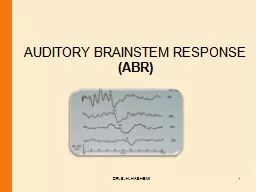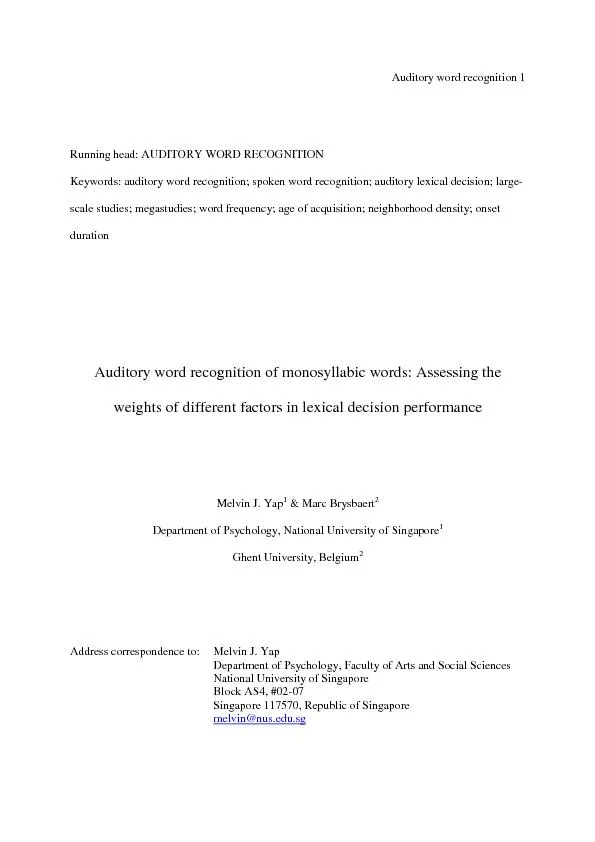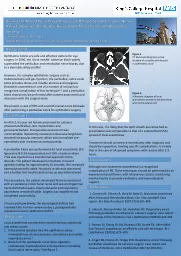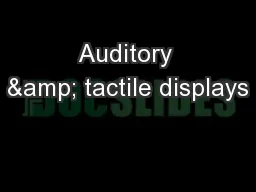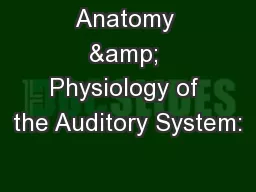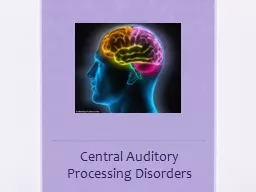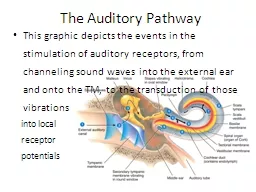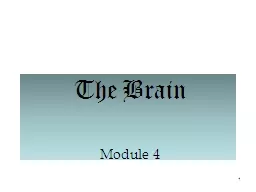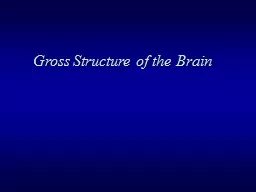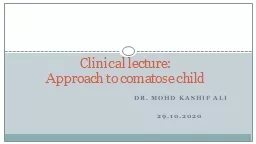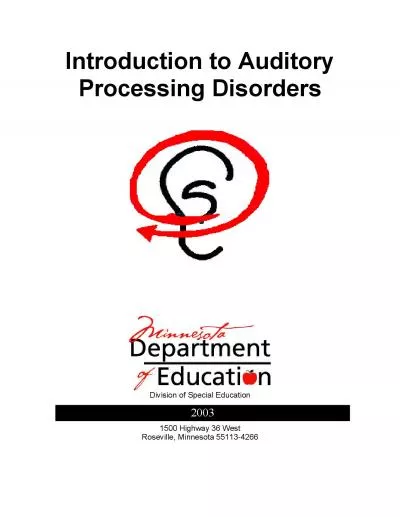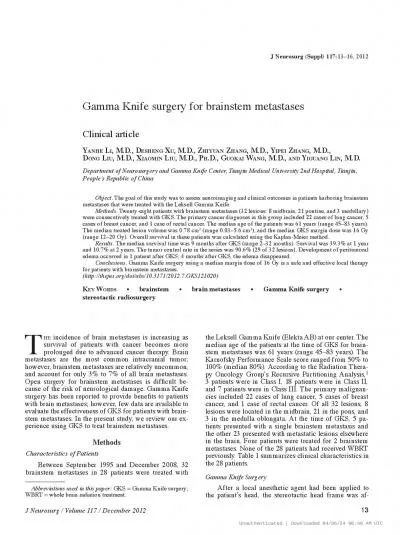PPT-AUDITORY BRAINSTEM RESPONSE
Author : pasty-toler | Published Date : 2015-12-07
ABR DRSHHASHEMI 1 2 Auditory Assessment Subjective tests Pure Tone Audiometry Speech Audiometry Objective tests Acoustic Immittance Auditory Brainstem Responses
Presentation Embed Code
Download Presentation
Download Presentation The PPT/PDF document "AUDITORY BRAINSTEM RESPONSE" is the property of its rightful owner. Permission is granted to download and print the materials on this website for personal, non-commercial use only, and to display it on your personal computer provided you do not modify the materials and that you retain all copyright notices contained in the materials. By downloading content from our website, you accept the terms of this agreement.
AUDITORY BRAINSTEM RESPONSE: Transcript
Download Rules Of Document
"AUDITORY BRAINSTEM RESPONSE"The content belongs to its owner. You may download and print it for personal use, without modification, and keep all copyright notices. By downloading, you agree to these terms.
Related Documents

